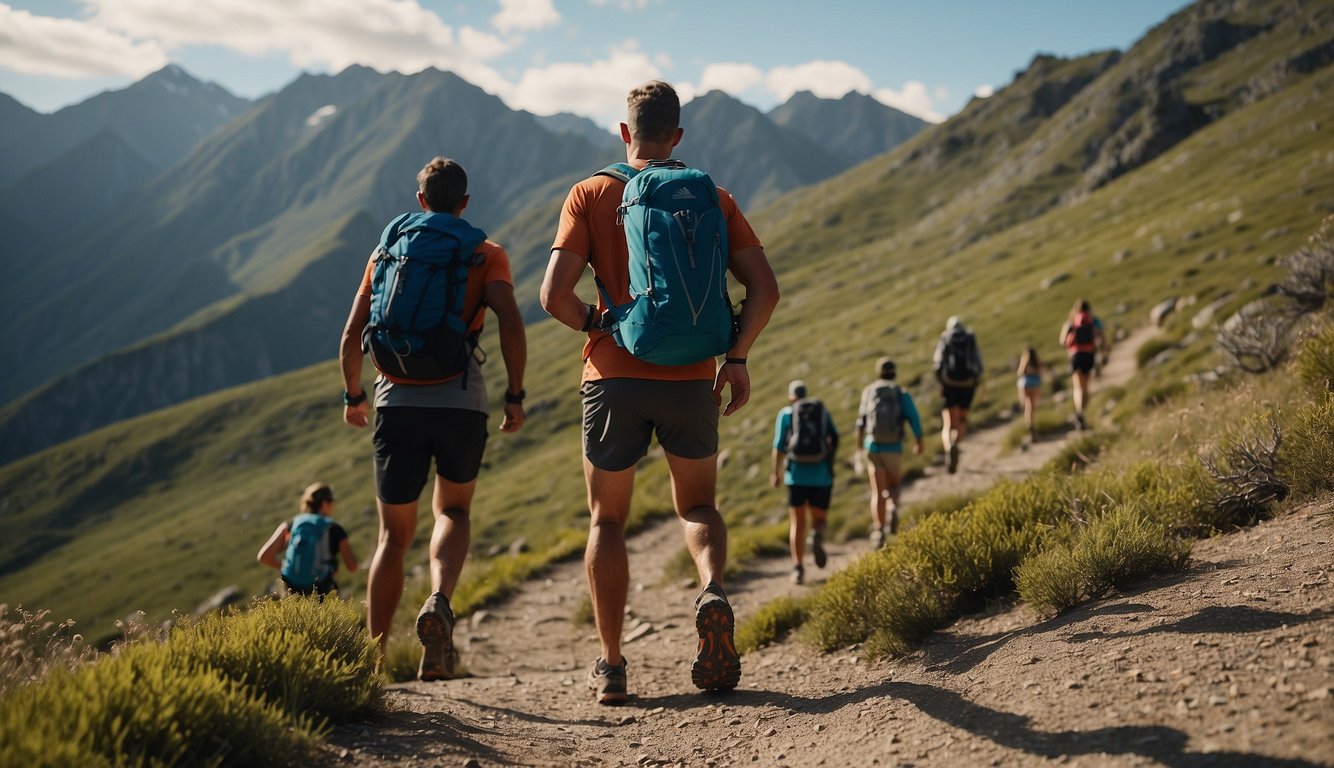Trail running is a great way to enjoy the outdoors and stay active. As a trail runner, I know how important it is to be mindful of the environment and other trail users. That’s why trail running etiquette is crucial for a better environment.

One of the most important rules of trail running etiquette is to yield to other trail users. This means slowing down or stopping to let hikers, bikers, or other runners pass. It’s also important to announce your presence when approaching others from behind, especially if they have headphones on. This helps prevent accidents and ensures everyone can enjoy the trail safely.
Another important aspect of trail running etiquette is respecting the environment. This means staying on designated trails, avoiding shortcuts, and not disturbing wildlife. It’s also important to pack out any trash and leave the trail better than you found it. By following these simple rules, we can all do our part to preserve the beauty of our trails for future generations to enjoy.
Understanding Trail Running Etiquette
As a trail runner, I understand the importance of following proper etiquette on the trails. It not only ensures the safety of all trail users but also minimizes our impact on the environment. Here are a few things to keep in mind when hitting the trails:
Right of Way on the Trail
As a general rule, uphill traffic has the right of way on the trail. When approaching another runner, hiker, or cyclist, I always yield to those traveling uphill. It’s important to stay aware of your surroundings and be prepared to step aside when necessary. If you’re running with headphones, make sure to keep the volume low enough to hear other trail users approaching.
Minimizing Environmental Impact
Trail running is a great way to enjoy the outdoors, but it’s important to do so responsibly. I always stay on the trail, even if it means running through a puddle or mud. Cutting switchbacks or widening the trail can cause erosion and damage fragile terrain, especially in alpine areas, ridgelines, and shorelines. It’s also important to pack out any trash and leave no trace behind.
Interactions with Others
When passing other trail users, I always announce my presence with a friendly “hello” or “excuse me.” It’s important to make eye contact, smile, and be courteous to others on the trail. If you’re a faster runner, make sure to pass on the left and give plenty of space. If you’re listening to music, keep one earbud out so you can hear other trail users approaching.
By following these simple guidelines, we can all enjoy the trail running experience while being respectful to other trail users and minimizing our impact on the environment.
Best Practices for Trail Running Gear and Safety
Choosing the Right Equipment
When it comes to trail running, choosing the right gear is essential for both performance and safety. Trail-running shoes with good traction and support are a must-have. Trail-running gaiters can also be useful in keeping debris out of your shoes. Trail-running poles can provide extra support and stability, especially on steep ascents and descents. In winter conditions, metal traction devices can provide added grip. Some popular winter trail-running shoes include the Salomon Snowcross and the Inov8 Arcticclaw.
Staying Safe in Various Conditions
Trail running can be enjoyed in a variety of conditions, but it’s important to stay safe. In hot weather, bring plenty of water and consider running earlier or later in the day to avoid the peak heat. In colder weather, dress in layers and be prepared for changing weather conditions. Keep your ears open and yield to faster runners. When running in remote areas, consider carrying a whistle or other signaling device in case of emergency.
Responsible Use of Trails
Responsible use of trails is crucial for maintaining a healthy and sustainable environment for trail running. Always respect trail closures and restrictions, and be aware of local wildlife and their habitats. Avoid littering and always carry out what you carry in. When encountering other trail users such as mountain bikers or horseback riders, yield to them and give them plenty of space. It’s also important to respect the land manager and follow their guidelines. The Bureau of Land Management, National Park Service, State Park, and U.S. Forest Service are some of the organizations responsible for managing public land.
By following these best practices, we can enjoy trail running while also protecting the environment and respecting other trail users.

